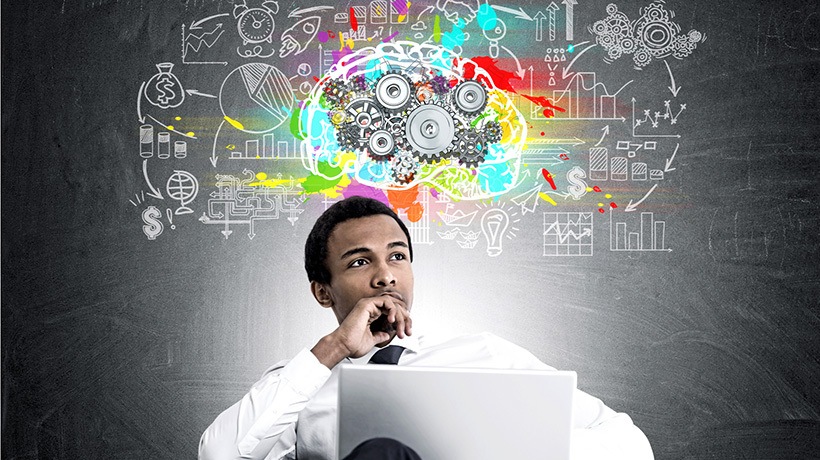A learning experience is any experience that leads to learning. It can be formal, such as taking a class or attending a workshop, or informal, such as reading a book or watching a documentary. Learning experiences can take place in a variety of settings, including schools, workplaces, and online.
Types of Learning Experiences
There are many different types of learning experiences, each with its own benefits and drawbacks. Some of the most common types include:
- Formal learning experiences: These are https://www.eduvine.ca/ structured and organized, and they may involve lectures, discussions, and hands-on activities. They can be a good way to learn new skills and knowledge, but they can also be time-consuming and expensive.
- Informal learning experiences: These are less structured and organized than formal learning experiences, and they may involve reading, watching videos, or talking to people. They can be a good way to learn new things on your own, but they can also be less effective than formal learning experiences.
- Experiential learning experiences: These involve learning by doing. They can be a good way to learn new skills and knowledge, and they can also be more memorable and engaging than other types of learning experiences.
- Blended learning experiences: These combine formal and informal learning experiences. They can be a good way to get the best of both worlds.
What Makes a Good Learning Experience?
There are many factors that contribute to a good learning experience. Some of the most important factors include:
- Relevance: The learning experience should be relevant to the learner’s interests and needs.
- Engagement: The learning experience should be engaging and interesting.
- Challenge: The learning experience should be challenging but not too difficult.
- Feedback: The learner should receive regular feedback on their progress.
- Support: The learner should have access to support from teachers, mentors, or peers.
How to Design a Good Learning Experience
If you are designing a learning experience, there are a few things you can keep in mind:
- Start with the learner in mind. What are their interests and needs?
- Make the learning experience relevant and engaging.
- Provide opportunities for practice and feedback.
- Offer support from teachers, mentors, or peers.
- Evaluate the learning experience and make adjustments as needed.
Conclusion
A good learning experience is one that is relevant, engaging, challenging, and supportive. It is also one that is designed with the learner in mind. By following these tips, you can design learning experiences that will help your learners achieve their goals.

